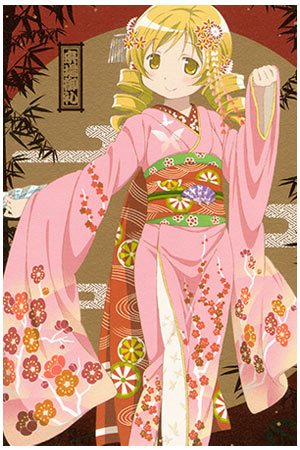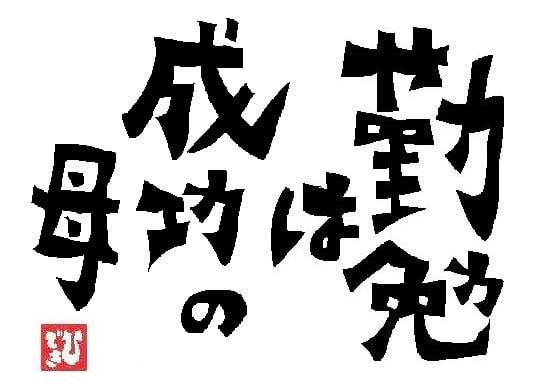When I came to Japan back in 1991, Terminator 2: Judgment Day was playing in theaters, the first George Bush was President and the NCSA Mosaic browser — the first program we’d be able to identify as a web browser — wouldn’t be released for another two years. My first impression upon arriving at Narita was surprise at seeing even more Asians here than in San Francisco followed by general amazement at the number of high-tech vending machines selling canned coffee to me. I was also surprised to see several women wearing kimonos in the airport or on the train, which seemed impossibly beautiful to me. Kimonos are one of the most famous traditional clothing of Japan, still an important symbol of the country despite the fact that most Japanese only wear them a few times in their lives, such as at weddings or coming-of-age ceremonies, though the wife of a former president of the Sapporo Ramen company I used to teach English to wore a kimono often. Naturally there are several variations to what we think of as a kimono, including yukata (colorful cotton kimonos, usually worn at summer fireworks festivals), happi (a short summer kimono), and so on. If you’re interested in Japan’s beautiful kimonos and other traditional apparel, we’ve got some interesting items for you to browse.

Traditional kimonos in Japan.















